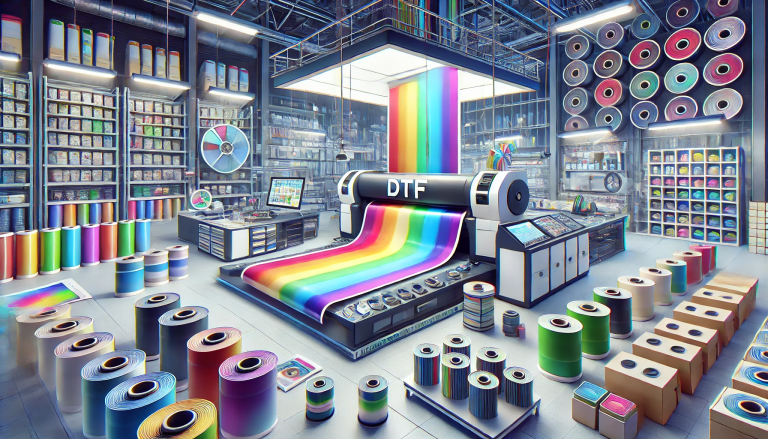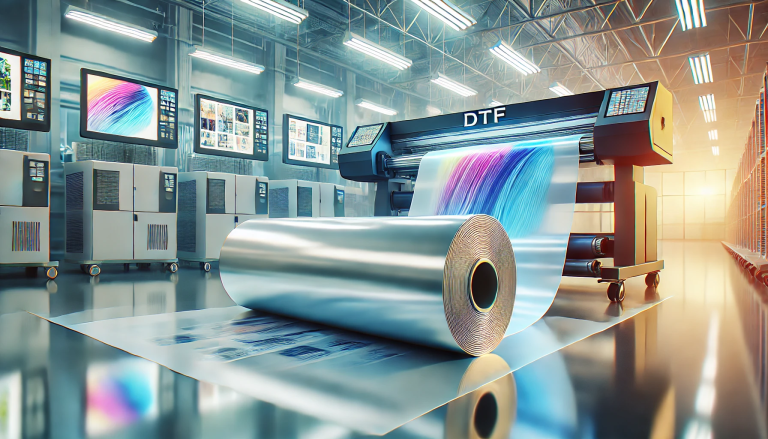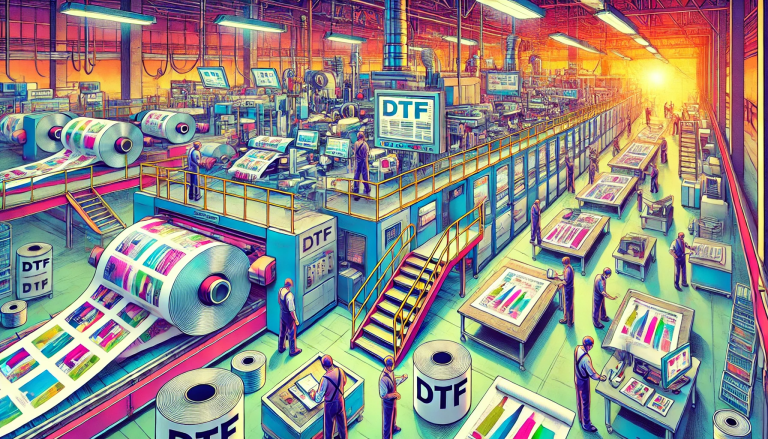Direct to Film (DTF) transfers are a popular technique in the textile printing industry, allowing for high-quality prints to be transferred onto various fabrics. This process involves printing a design onto a special film, which is then transferred onto the fabric using heat and pressure. Understanding the tactile experience of DTF transfers, from the perspective of both the producer and the end-user, is essential for appreciating the value and appeal of this technology.
The Tactile Experience of Creating DTF Transfers
From the producer’s standpoint, the process of creating DTF transfers is characterized by precision and a certain tactile engagement. Initially, the design is printed onto a clear film using a specialized DTF printer. The feel of the film, smooth and slightly stiff, is a critical factor in the process, as it must withstand the heat press while maintaining the integrity of the print.
The next step involves applying a powder adhesive to the printed side of the film. This powder is fine and must be evenly spread over the design, a task that requires a delicate touch to ensure a uniform layer. Once the adhesive is applied, the film undergoes a melting process, where the powder becomes a liquid adhesive that precisely contours the printed design. This phase is tactilely satisfying, as one can observe and feel the transformation from a powdery texture to a smooth, glossy finish that adheres to the film.
The Sensory Experience of Wearing DTF Transfers
For the wearer, DTF transfers offer a unique sensory experience that sets them apart from traditional screen-printed garments. The first thing one might notice is the smoothness of the transfer. Unlike some traditional printing methods that can leave a heavy, rubbery texture on the fabric, DTF transfers are remarkably smooth to the touch, blending seamlessly with the texture of the garment.
The flexibility of DTF transfers is another tactile benefit. These transfers are designed to stretch with the fabric, which means they don’t crack or peel under normal conditions. This elasticity ensures that the garment remains comfortable to wear, without the stiffness associated with some other printing methods. Wearers can appreciate the way the fabric moves and breathes, almost forgetting the presence of a print.
Additionally, the durability of DTF transfers contributes to their tactile appeal. After multiple washes, the integrity of the print remains, retaining its vibrant colors and sharp details. This longevity means that the garment will continue to feel and look good over time, enhancing the wearer’s experience with the product.
Environmental and Sensory Considerations
It’s worth noting that DTF transfers are not only about the tactile experience but also about environmental and health considerations. The inks used in DTF printing are typically more eco-friendly compared to some traditional inks, which means they are less likely to cause skin irritation for sensitive individuals. This aspect further enhances the wearer’s experience, knowing that the product is safe and sustainable.
Conclusion
The tactile experience of DTF transfers, from production to wear, is marked by a series of engaging and satisfying sensations. For producers, the process involves a precise and tactilely rewarding procedure of printing, applying adhesive, and transferring the design. For wearers, DTF transfers offer a comfortable, durable, and seamless addition to their garments, enhancing the overall sensory experience of the clothing. With the added benefits of environmental friendliness and safety, DTF transfers represent a significant advancement in textile printing technology, appealing to both producers and consumers alike.





